H13 Tool Steel is a versatile chromium-molybdenum hot work steel that is widely used in hot work and cold work tooling applications. The hot hardness (hot strength) of H13 resists thermal fatigue cracking which occurs as a result of cyclic heating and cooling cycles in hot work tooling applications. Because of its excellent combination of high toughness and resistance to thermal fatigue cracking (also known as heat checking) H13 is used for more hot work tooling applications than any other tool steel.
Because of its high toughness and very good stability in heat treatment, H13 is also used in a variety of cold work tooling applications. In these applications, H13 provides better hardenability (through hardening in large section thicknesses) and better wear resistance than common alloy steels such as 4140.
Also available as Electro-Slag-Remelted (ESR) and Vacuum-Arc-Remelted (VAR) products as well. The remelting processes provide improved chemical homogeneity, refinement of carbide size, and the associated improvements in mechanical properties and fatigue properties.
APPLICATIONS: Inserts, cores, and cavities for die casting dies, die casting shot sleeves, hot forging dies, extrusion dies, and plastic mold cavities and components that require high toughness and excellent polishability.
Composition
| C | Mn | Si | Cr | Mo | V |
| 0.40 | 0.40 | 1.00 | 5.25 | 1.35 | 1.00 |
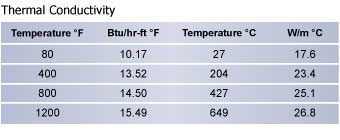
Physical Properties
- Density: 0.280 lb/in3 (7750 kg/m3)
- Specific Gravity: 7.75
- Machinability: 65-70% of a 1% carbon steel

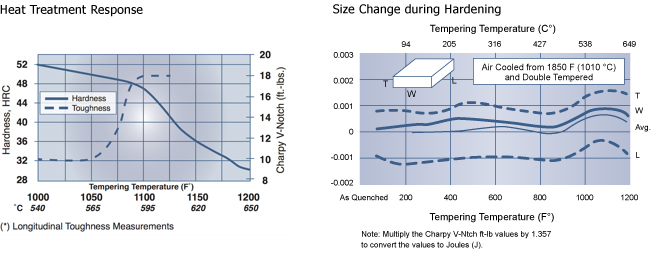
Heat Treating Instructions
Hardening
| Critical Temperature: | |
| Ac1: 1544°F (840°C) | Ac3: 1634°F (890°C) |
| Ar1: 1475°F (802°C) | Ar3: 1418°F (826°C) |
Preheating: To minimize distortion in complex tools use a double preheat. Heat at a rate not exceeding 400°F per hour (222°C per hour) to 1150-1250°F (621-677°C), equalize, then raise to 1500-1600°F (816-871°C) and equalize. For normal tools, use only the second temperature range as a single preheating treatment.
Austenitizing (High Heat): Heat rapidly from the preheat. Furnace or Salt: 1800-1890°F (982-1032°C) For maximum toughness, use 1800°F (982°C) For maximum hardness and resistance to thermal fatigue cracking and wear use 1890 (1032°C). Soak at temperature for 30 to 90 minutes.
Quenching: Air, pressurized gas, or warm oil. Section thicknesses up to and including 5 inches (127 mm) will typically fully through harden when cooled in still air from the austenitizing treatment. Sections greater than 5 inches (127 mm) in thickness will require accelerated cooling by using forced air, pressurized gas, or an interrupted oil quench to obtain maximum hardness, toughness and resistance to thermal fatigue cracking.
For pressurized gas quenching, a minimum quench rate of approximately 50°F per minute (28°C per minute) to below 1000°F (538°C) is required to obtain the optimum properties in the steel.
For oil, quench until black, about 900°F (482°C), then cool in still air to 150-125°F (66-51°C).
Tempering: Temper immediately after quenching. The typical tempering range is 1000-1150°F (538-621°C). Hold at the tempering temperature for 1 hour per inch (25.4mm) of thickness, but for 2 hours minimum, then air cool to ambient temperature. Double tempering is required. To maximize toughness and tool performance, a third temper is often used as a stress relief after all finish machining, grinding, and EDM work are completed on the tool.
Annealing
Annealing must be performed after hot working and before re-hardening.
Heat at a rate not exceeding 400°F per hour (222°C per hour) to 1575-1625°F (857-885°C), and hold at temperature for 1 hour per inch of maximum thickness; 2 hours minimum. Then cool slowly with the furnace at a rate not exceeding 50°F per hour (28°C per hour) to 1000°F (538°C). Continue cooling to ambient temperature in the furnace or in air. The resultant hardness should be a maximum of235 HBS.

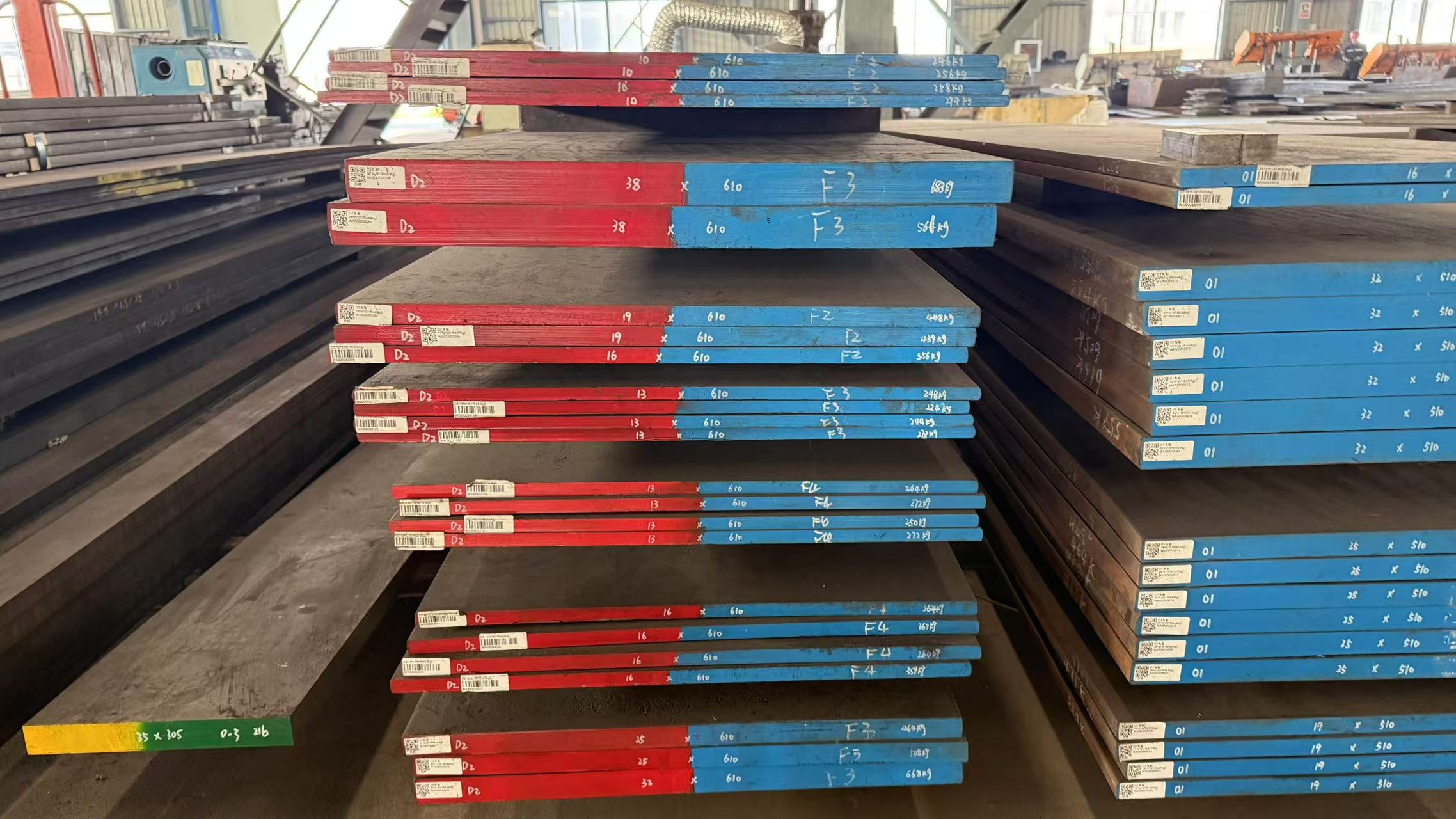
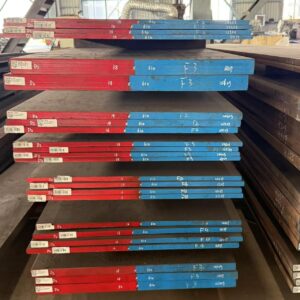
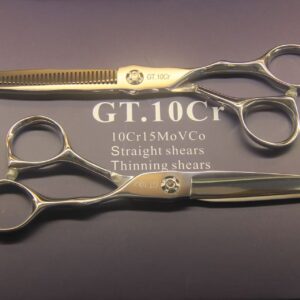
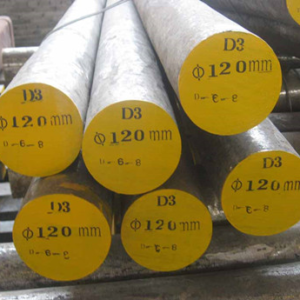
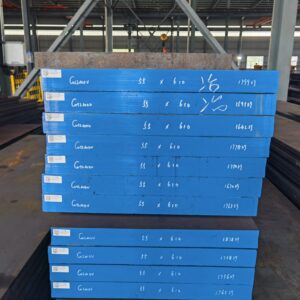
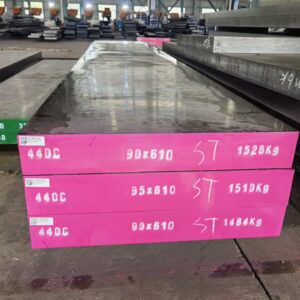
Reviews
There are no reviews yet.